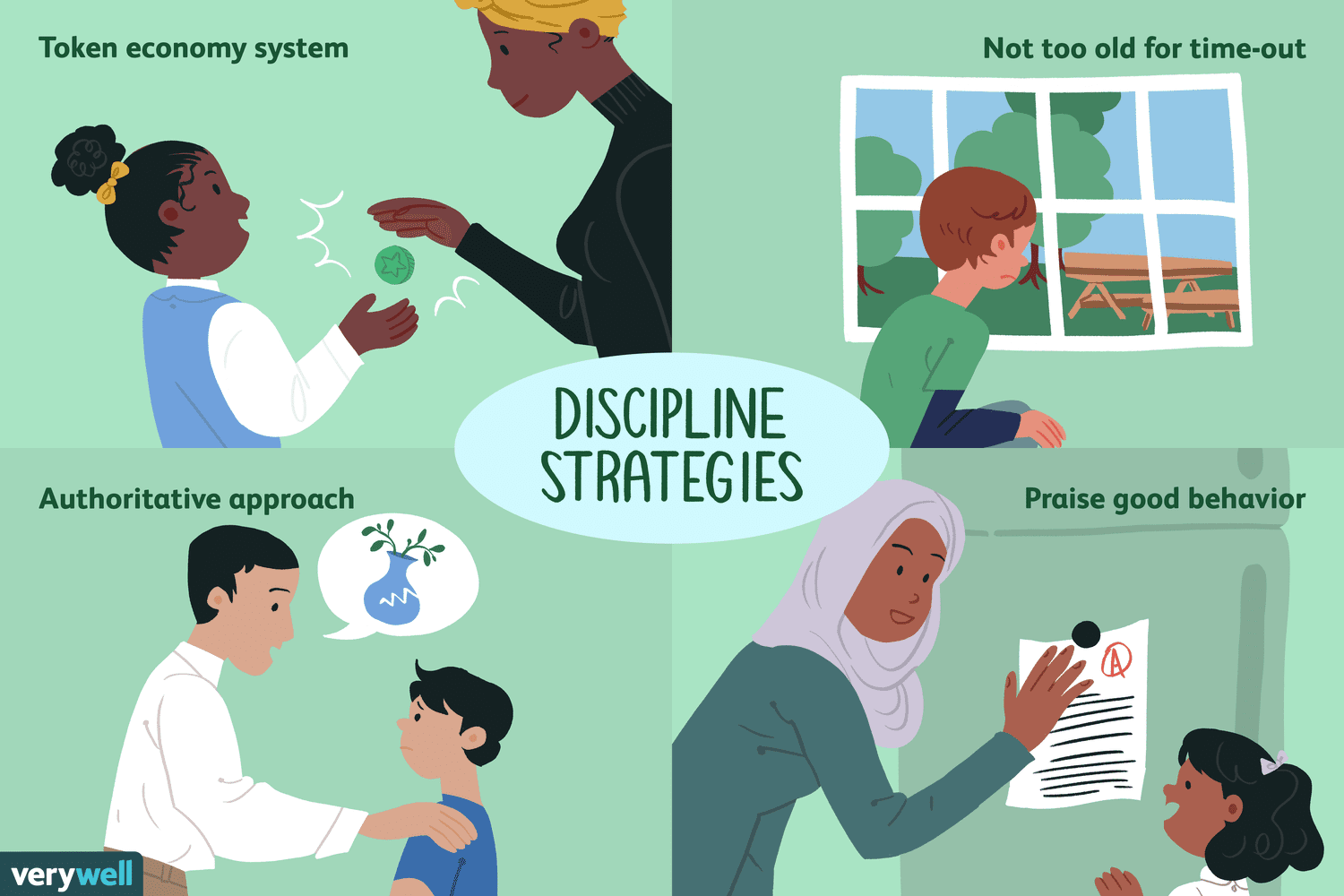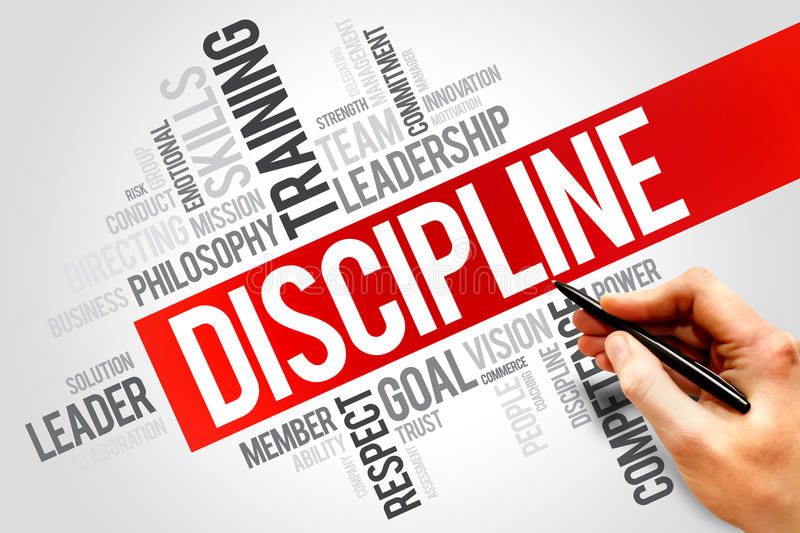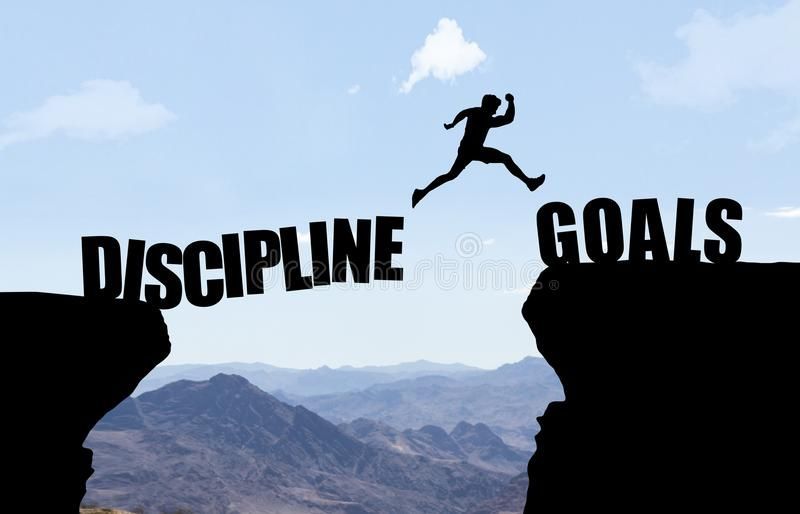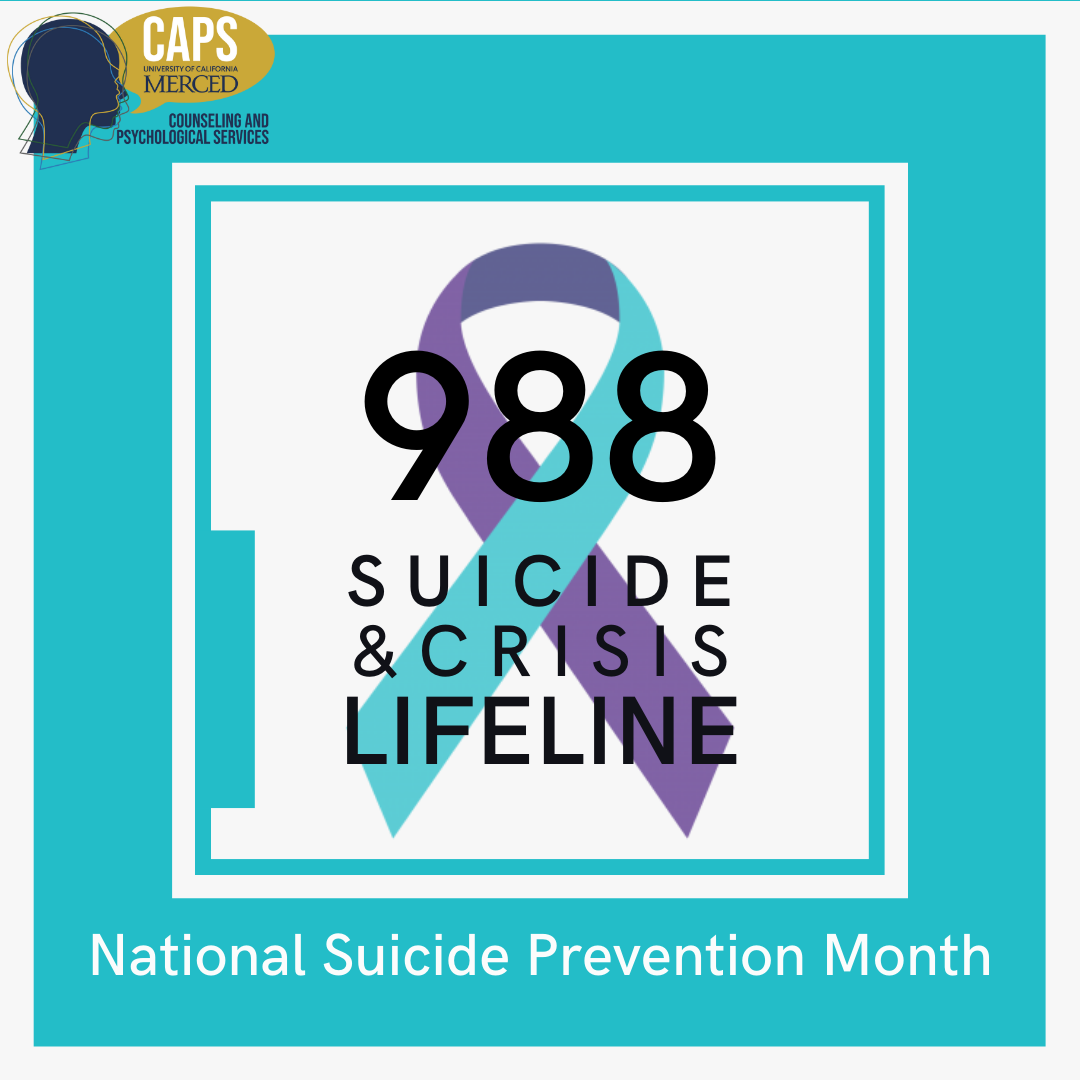
At the start of each new year people traditionally make resolutions with the intention of improving their lives. By a few weeks into the year, many of those resolutions have already been forgotten, broken, or abandoned. This raises the question of how we can approach self-improvement goals in a more disciplined manner.
What does that mean? It might help to explore the meaning of the word “discipline.”
What comes to mind when you think about discipline?
For many people the answer is punishment. Parents discipline their children for misbehavior. A disciplinary panel serves to determine whether someone (usually a professional) has violated rules, laws, or a code of conduct, and if so, what punishment is appropriate for the offense. Disciplinary action generally refers to negative consequences for wrongdoing.
The word discipline is derived from the Latin word discere which means “to learn, get to know, or become acquainted with.” Notice that punishment is not part of this definition.
Here at Child & Adolescent Behavioral Health, we use this definition of discipline:
A broad program designed to help kids learn appropriate ways to express their thoughts, feelings, and problems.
It is a broad program, meaning there are many components. Reliance on just one tool limits overall effectiveness. It is more effective to have a broad array of strategies for creating change.
It is a learning process. We know that learning takes time. We also know that mistakes and setbacks are normal parts of the learning process. Rather than punish for these, we look at them as opportunities to learn so that we can do better next time.
We aim to help young people learn appropriate ways to express their thoughts, feelings, and problems. Often they have been expressing themselves and trying to get their needs met in ineffective and/or inappropriate ways. Once we identify and acknowledge the valid thoughts, feelings, and problems that underlie behavior, we can help young people learn more appropriate and effective ways to express themselves and get their needs met.
How can we apply this definition to help us keep New Year’s resolutions?
First, take a careful look at the goal of the resolution. Is it realistic? In other words, is this something that realistically be achieved, given the resources available, in the time frame given.
Take a careful look at how vague or specific the goal is. Many people make resolutions to “lose weight” or to reach a specific target weight. Frequently these kinds of goals aren’t achieved. A different way to look at it is to change the focus from a number (how many pounds) to behaviors.

Overall, the goal is to be healthier. What kinds of behaviors improve health? Eating healthy food. Exercising regularly. Progress is more likely to occur if we set goals to increase the frequency and/or consistency of engaging in specific healthy behaviors rather than setting a target weight or number of pounds to lose.
Second, put more than one tool in your toolbox. If your goal is to be healthier, then focusing on just one aspect of health is limiting your chances of success. The cumulative effects of multiple small changes (such as eating healthier foods, exercising regularly, making sure to get enough sleep, and seeing a physician about any ongoing medical needs) are likely to be greater and to last longer.
Third, pay attention to anything that reinforces undesirable behavior. Reinforcers are anything that makes it pay off to engage in a behavior. Using that same example of a goal to become healthier, it would be useful to identify anything that reinforces unhealthy behaviors. If you think that unhealthy food tastes better, it might be worthwhile to look for recipes or products that are tasty and also healthy. If you are having a difficult time finding the time to go to a gym to work out, identifying quick and easy ways to be more active throughout the day might work better for you. Keep in mind that reinforcers come in many different types – they might be things that feel good, taste good, are easy, are fun, don’t cost much, are socially rewarding, or make us feel good about ourselves.
Fourth, remember that change takes time. In popular media you can find estimates of it taking between 18 days and 254 days to form a new habit. The truth is that there are a lot of factors that influence how long it takes. If a behavior is highly rewarding, a habit may form quickly. If the behavior is seen as difficult, burdensome, or depriving one of other rewarding experiences, it is going to take a lot longer. Behaviors that are repeated consistently have a greater chance of becoming habits than behaviors that are done occasionally. The point is, don’t give up if the behavior hasn’t become easy or automatic after just a few days.

A final thought to help you be successful in keeping your New Year’s resolutions this year – be careful with how you define success and failure. Strive for progress rather than success. Expect setbacks and slip-ups. When they occur, try to figure out what you can do a little differently so that the same obstacle doesn’t keep getting in your way, then try again.
Mary M. Kreitz, LPC, CDCA has more than 20 years of experience working in the field of behavioral health. She is currently the lead therapist for the Trauma Program at
Child & Adolescent Behavioral Health, is a member of the Stark County Trauma and Resiliency Committee, and is a member of the Unity Coalition to Dismantle Racism in Stark County.
RECENT POSTS












